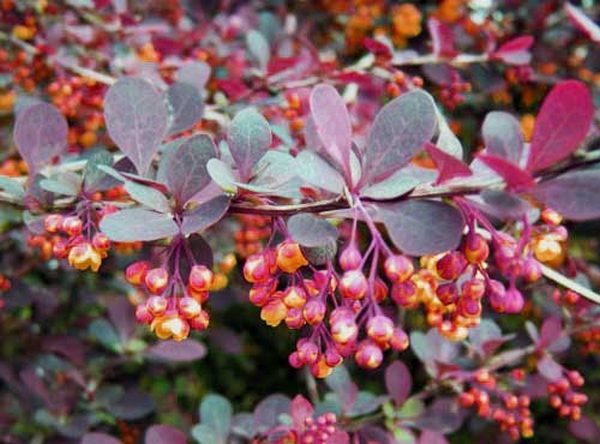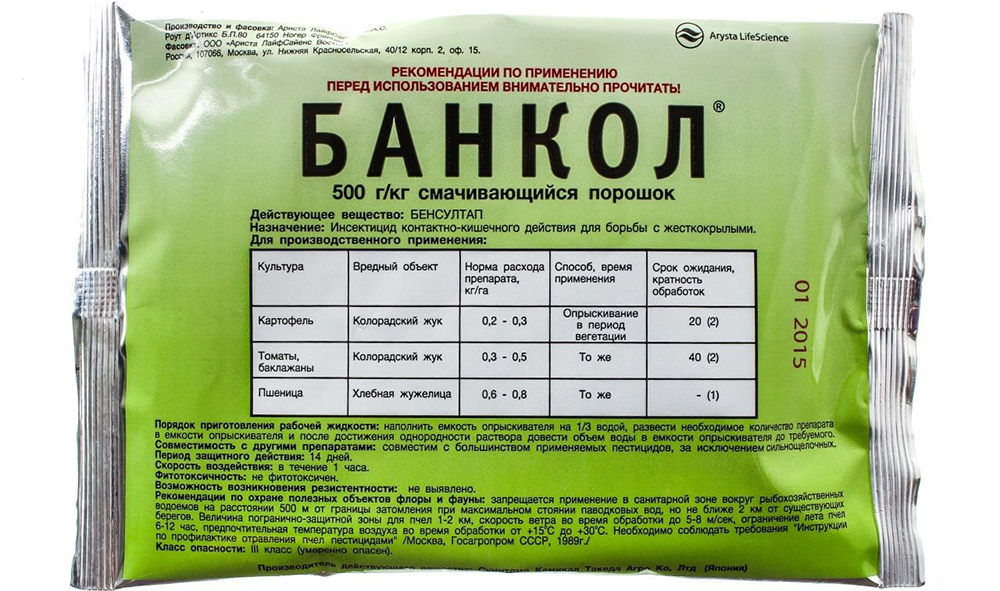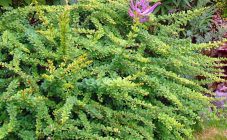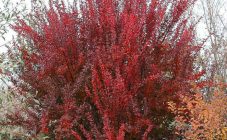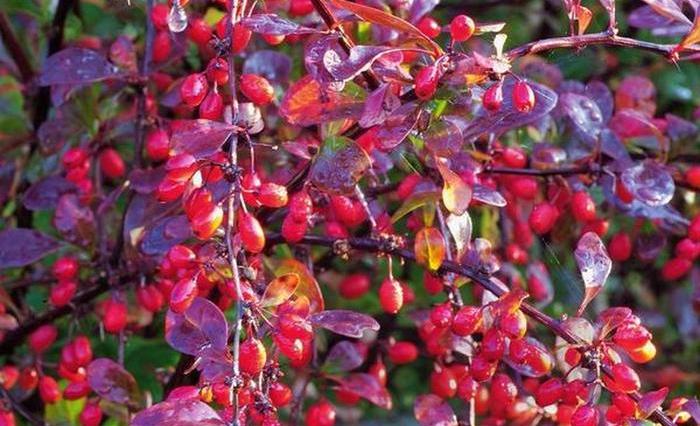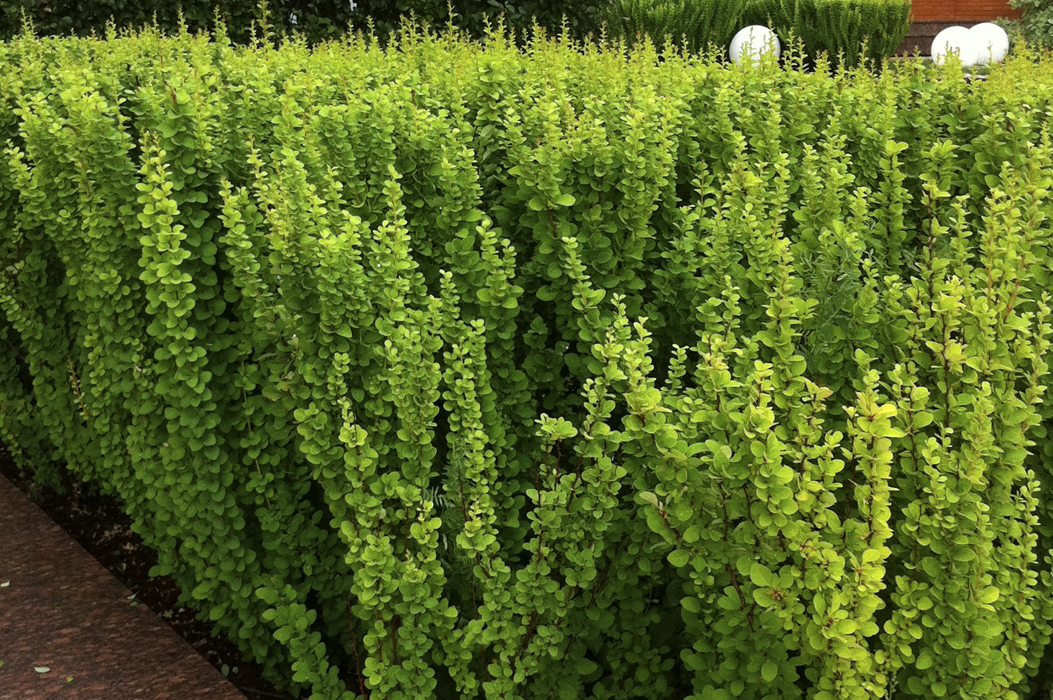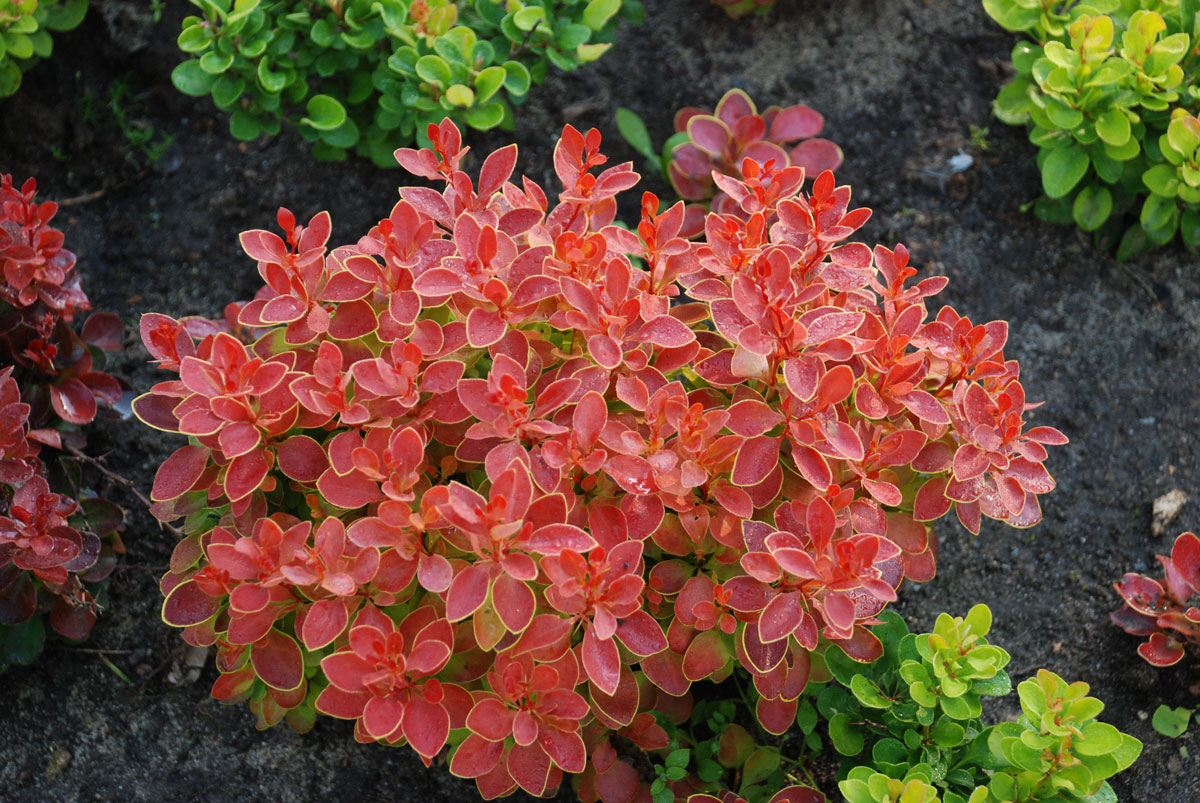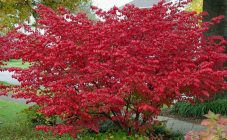Content:
Useful and decorative, but unpretentious to care for, is a barberry shrub. Distinguished by its beauty, it also produces edible fruits. Hedges from this culture will look very colorful, like other landscape compositions. Barberry Ottawa Superba ("Superba") differs from other varieties in large size, up to 4 m in height. Decorativeness is the quality that gardeners are paying more and more attention to. The type of shrub in question is suitable for all the characteristics necessary for a successful site design.
The history of the creation of the variety
The result of crossing Thunberg and ordinary barberries was the Superba variety. The culture was named after the Canadian city of Ottawa, in which the selection took place. The Ottawa barberry has been officially registered since 1889. In nature, it grows in ravines, near rivers, in the forests of North America. The English gardening society awarded the plant a prize. In the Russian economy, it is known as Superba.
Characteristics and features
Barberry Thunberg Superba reaches a height of 3 meters (it is believed that up to 4 m). Usually it is formed into a plant with compact dimensions - 1.8-2.2 m. The large Superba barberry is prone to leaf fall. It grows rapidly, reaching a height limit of 8 years or more. Shoots at first rush vertically, but then bend in an arc, drooping line. The red-brown bark has 2 cm spines.
The leaves are rounded up to 5 cm in length, dark red or purple even in the shade. As a result, the plant looks unusual, creating a decorative effect. In autumn, the bush becomes light red or orange in color. The flowering period is May. The cluster-shaped inflorescences are yellow in color, including about 10 pleasantly scented flowers.
The characteristic of the berries is a scarlet color when formed, as well as an oblong shape, up to 1 cm long. Ripening occurs between September and October. Shiny fruits have a sour taste and can stay on the branches for a long time. They are very useful, not only edible, but also a medicinal plant, a seasoning in cooking. Suitable in jelly, compotes, jelly.
Growing features
Landing
Cultivation begins with planting, in which it is important to choose the right season and location. Favorable time is spring and autumn. In the first case, they wait for the soil to warm up to +15 ° C and try to keep the buds from opening. In the fall, it is important to plant the Superba Ottawa barberry 3 or 4 weeks before the start of frost. The following rules are followed:
- autumn planting is preferable;
- choose an open space or partial shade, a place protected from strong winds;
- take into account the acidity of the soil: if it is higher than pH 7, lime it.
A mixture is prepared from turf, humus, peat, wood ash mixed with soil. All this is filled with water. Dig a hole 0.4 by 0.4 m. The distance between the bushes is made from one and a half to 2 meters. When creating a hedge, place 2 plants per 1 meter. The bush is placed in a hole so that the root collar is flush with the surface, covered with a fertile mixture.
Care
I would like the decorative bush to truly delight with its appearance. Its health and beauty is predetermined by the care carried out according to the rules, although it is not too demanding on the soil, it is resistant to a wide range of temperatures, it tolerates windy weather and drought. Can grow in the city, smoke resistant. Barberry Superba and its description as a beautiful edible crop deserve careful selection of a place to grow. The care rules are as follows:
- In the absence of rain in summer, the plant is watered weekly, up to 10 liters of water. The circle around the bush is mulched. Before winter, watering is carried out in order to create a reserve of moisture, 20 liters are poured;
- Top dressing is done in the spring, the next year after planting. Apply a solution of urea, 10 liters per meter to stimulate growth. Nitrogen is added every 4 years. Before winter, add superphosphate, 15 g, and sulfuric potassium, 10 g. Organic matter (manure, humus) is added before and after flowering;
- The plant is pruned annually, maintaining decorativeness, which stimulates young shoots and heals, reduces stress and risk of diseases. In autumn, the procedure is done for sanitary purposes 2 weeks before frost (November or depending on the climate), at the beginning of the dormant period. Remove old branches, dried out, diseased, intertwined, curling inward.
By winter, barberry is covered with mulch of 10 cm, which is mandatory in the early years. The branches are carefully tied, the plant is covered with burlap or other material, spruce branches are used.
Reproduction
There are several ways to breed barberry:
- From seed in the fall season. To extract the material, ripe berries are taken. The fruits are soaked for 10 minutes in a weak solution of potassium permanganate and dried. Hibernating in a temporary bed, in the spring, seedlings with several leaves are transferred. Placed at a distance of 5 cm from each other and wait 2 years, after which they are transplanted for permanent growth;
- The division of a three-year bush is carried out in the spring. The plant is dug up and divided with a hacksaw, placed in fertile soil;
- Propagated by cuttings in June. Early in the morning, they are cut, removing the leaves from the top and bottom, and kept in water for several hours. You can add "Kornevin". Then they are washed and planted in soil mixed with humus, peat, sand. They make a greenhouse from plastic;
- In spring, propagate by layering, dropping the lower shoot into the hole 1 year old. In the fall, it will take root and a new bush will appear.
Diseases, pests
Barberry is resistant to them, but there are still problems. Sometimes the bush is affected by aphids and moths. The laid eggs of insects hibernate, forming larvae in spring. They fight moths immediately upon detection, washing the plant with an ash and soap solution. It is necessary to boil 400 g of ash in 5 liters of water for half an hour. Then dissolve immediately 50 g of household soap. There are insecticides "Bankol", "Aktellik", "Karbofos", used according to the instructions.
Prevention is done in autumn with fungicides "Vectra", "Topaz": for 10 liters of water - 0.5 kg of urea, sprayed. The same remedy prevents fungi: powdery mildew and rust on leaves and shoots. In case of a disease, 5 trimming treatments are required.
Advantages and disadvantages of the variety
Good and bad qualities can be found in reviews from gardeners. Noted:
- survival rate;
- beauty;
- functionality as a hedge;
- the possibility of using berries as a food product;
- the presence of beneficial properties in fruits;
- there is no excessive demand for soil;
- resistance to cold, wind, drought, smoke.
Bad qualities are practically not noted.
There are other varieties of decorative barberries. For example, Silver miles (Silver Miles), which has a slightly smaller size, burgundy with purple and silver tint leaves. Observing the rules of care, it will not be difficult to grow a decorative barberry that gives an edible crop. It is an essential element of garden design for plantings and hedges.
